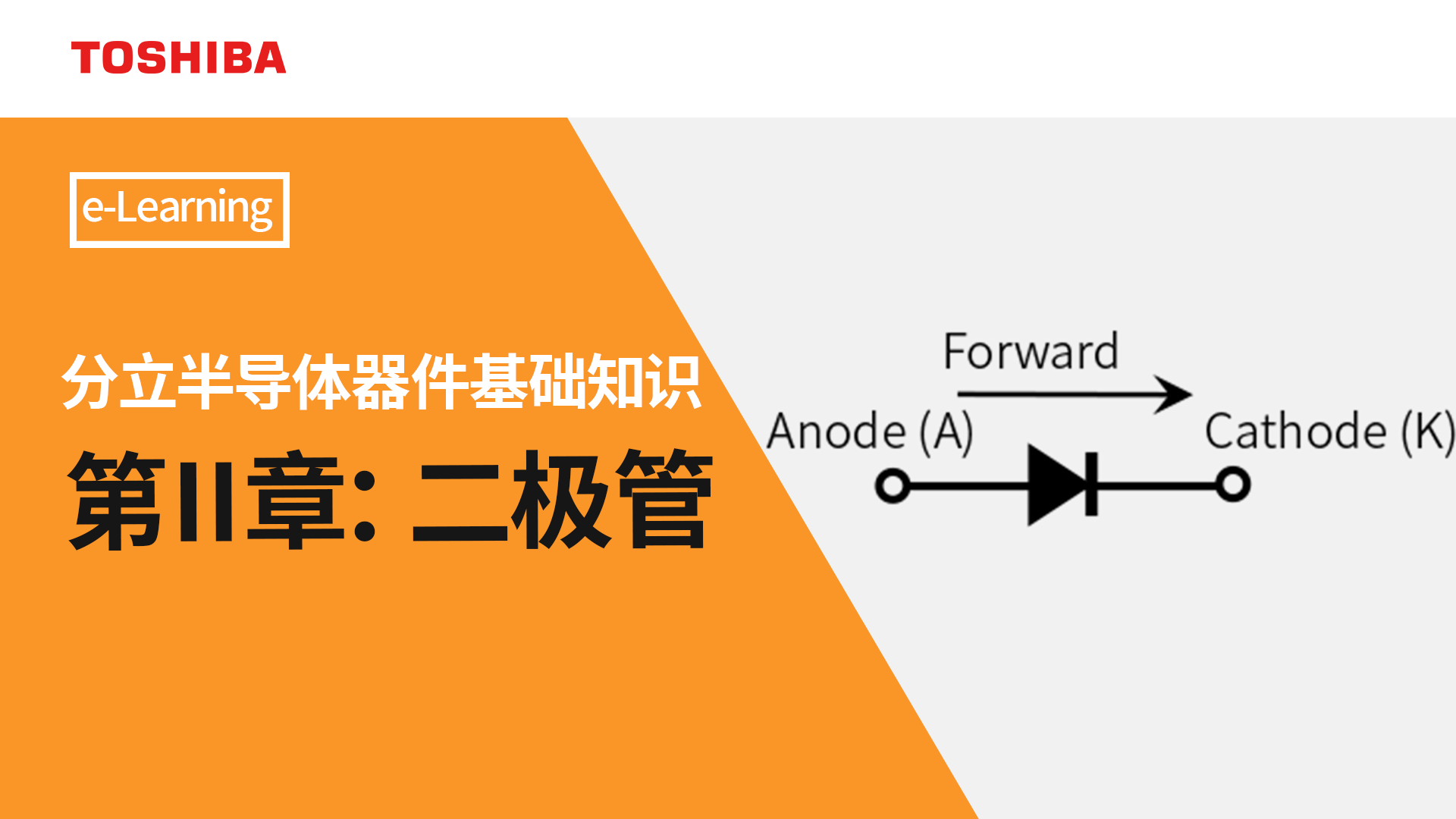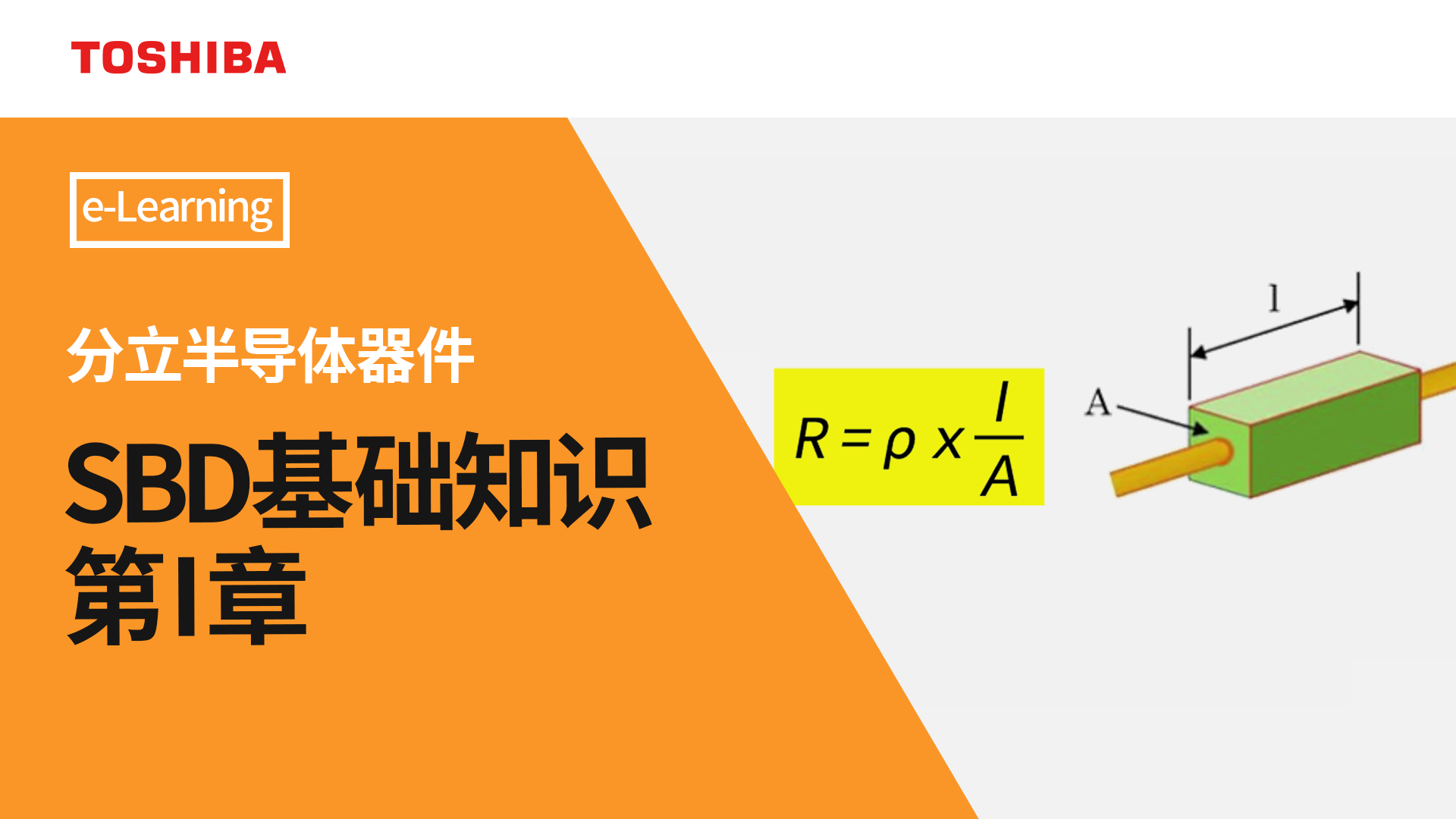- 型号 & 关键词搜索
- 交叉搜索
- 参数搜索
- 库存查询与购买
This webpage doesn't work with Internet Explorer. Please use the latest version of Google Chrome, Microsoft Edge, Mozilla Firefox or Safari.
请输入3个以上字符 Search for multiple part numbers fromhere.
The information presented in this cross reference is based on TOSHIBA's selection criteria and should be treated as a suggestion only. Please carefully review the latest versions of all relevant information on the TOSHIBA products, including without limitation data sheets and validate all operating parameters of the TOSHIBA products to ensure that the suggested TOSHIBA products are truly compatible with your design and application.Please note that this cross reference is based on TOSHIBA's estimate of compatibility with other manufacturers' products, based on other manufacturers' published data, at the time the data was collected.TOSHIBA is not responsible for any incorrect or incomplete information. Information is subject to change at any time without notice.
请输入3个以上字符
二极管的工作原理是什么?
二极管具有两个端子,阳极和阴极。电流是否流动取决于施加于这些端子的电压方向。该操作叫做整流,也是二极管的基本操作。
二极管有两个端子:阳极(正极)和阴极(负极)。
当阳极电压高于阴极电压并且这种电压差超过数据表中规定的数值(对于硅pn结二极管,约为0.7V)时,二极管会传导电流。当阳极与阴极之间的电位差小于此值时,二极管不会传导电流。此动作称为整流。这种二极管特性可用于将直流电流转换为交流电流(AC-DC转换)、电池反接保护(反向电流保护)和无线电波检测的整流电路。
阳极端子高于阴极端子的偏置状态称为正向偏置,阳极端子低于阴极端子的偏置状态称为反向偏置。
当向二极管施加反向偏置电压并且该电压增大时,在称为击穿电压的电压下电流突然流动。击穿电压几乎恒定不变并且与电流无关。利用此特性,二极管也用于恒压电路,现用于静电放电(ESD)和浪涌保护。然而,典型的二极管在击穿区域工作时会发生性能退化和永久损坏。因此,有必要针对这些应用使用专门的二极管,例如齐纳二极管或ESD保护二极管。
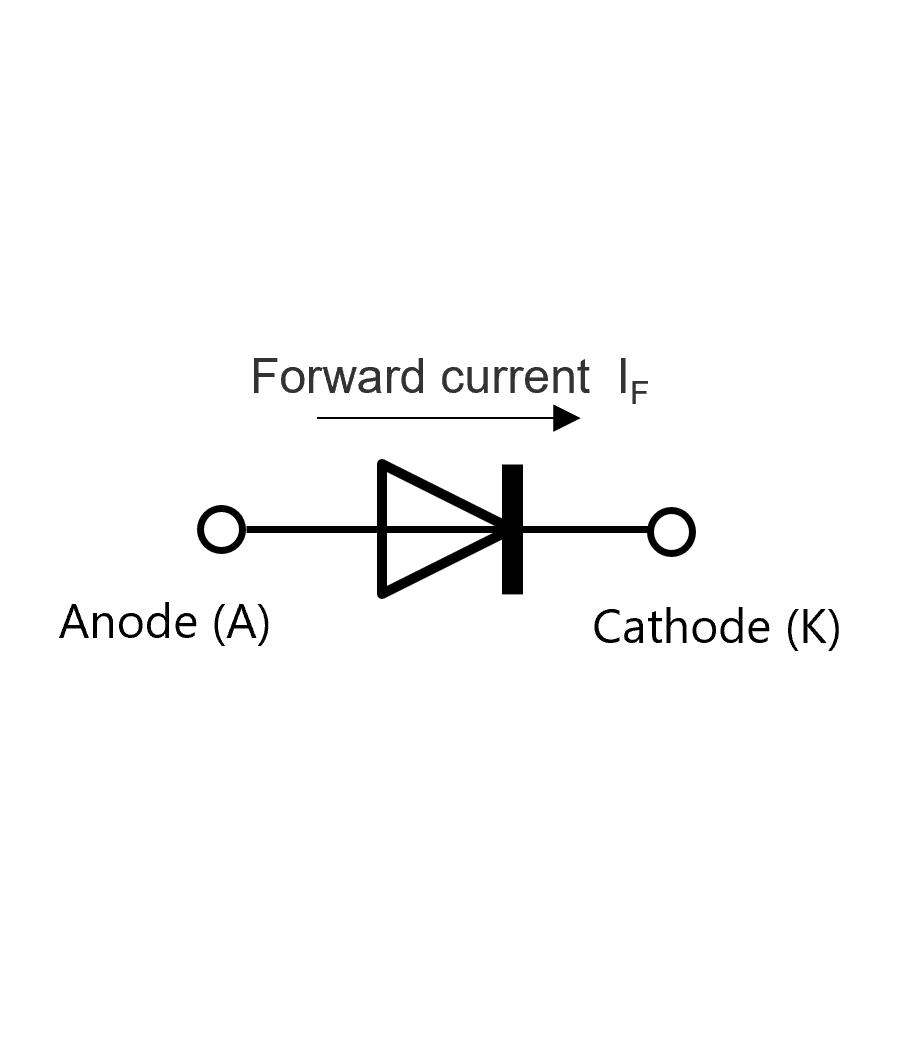
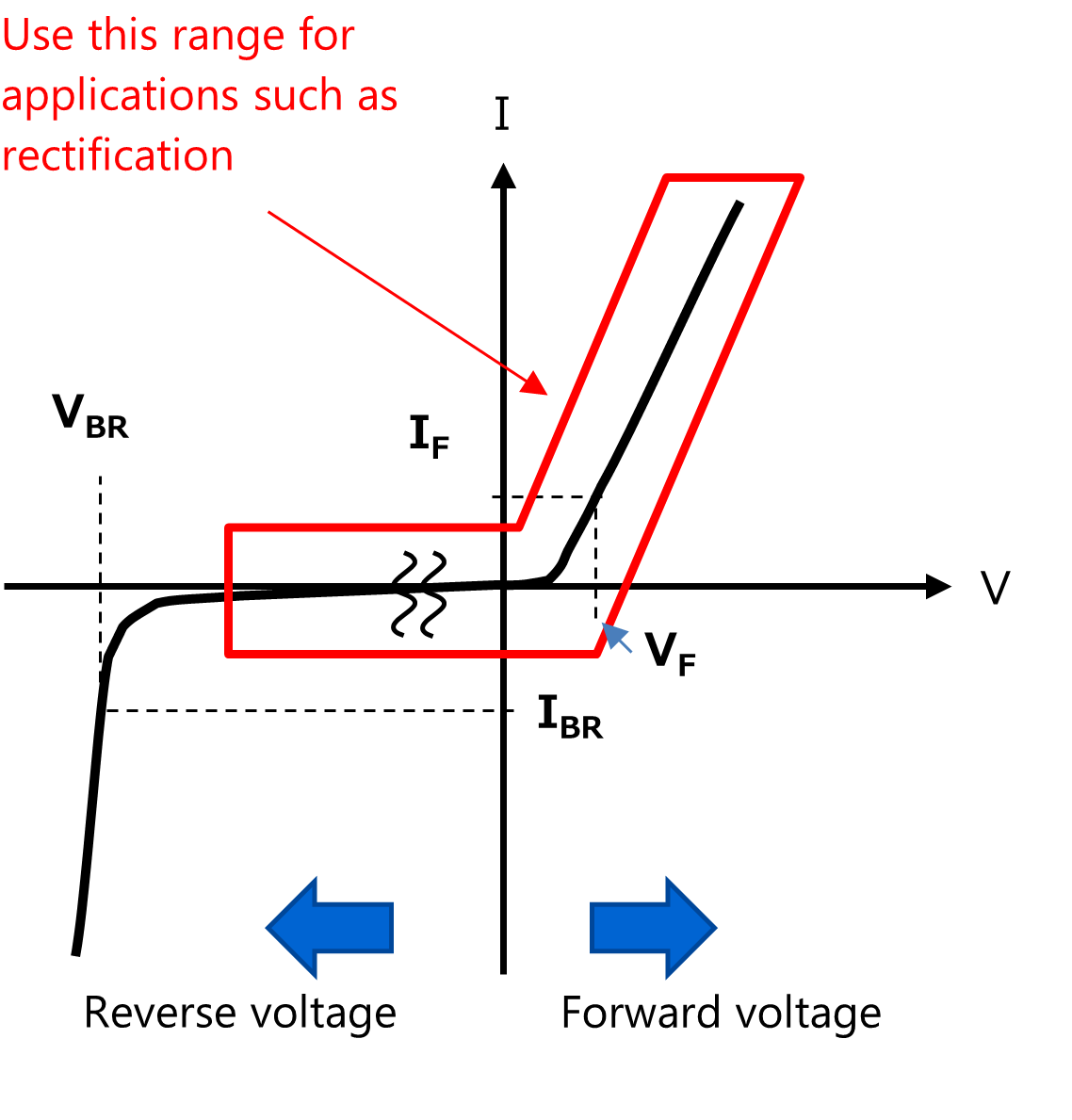

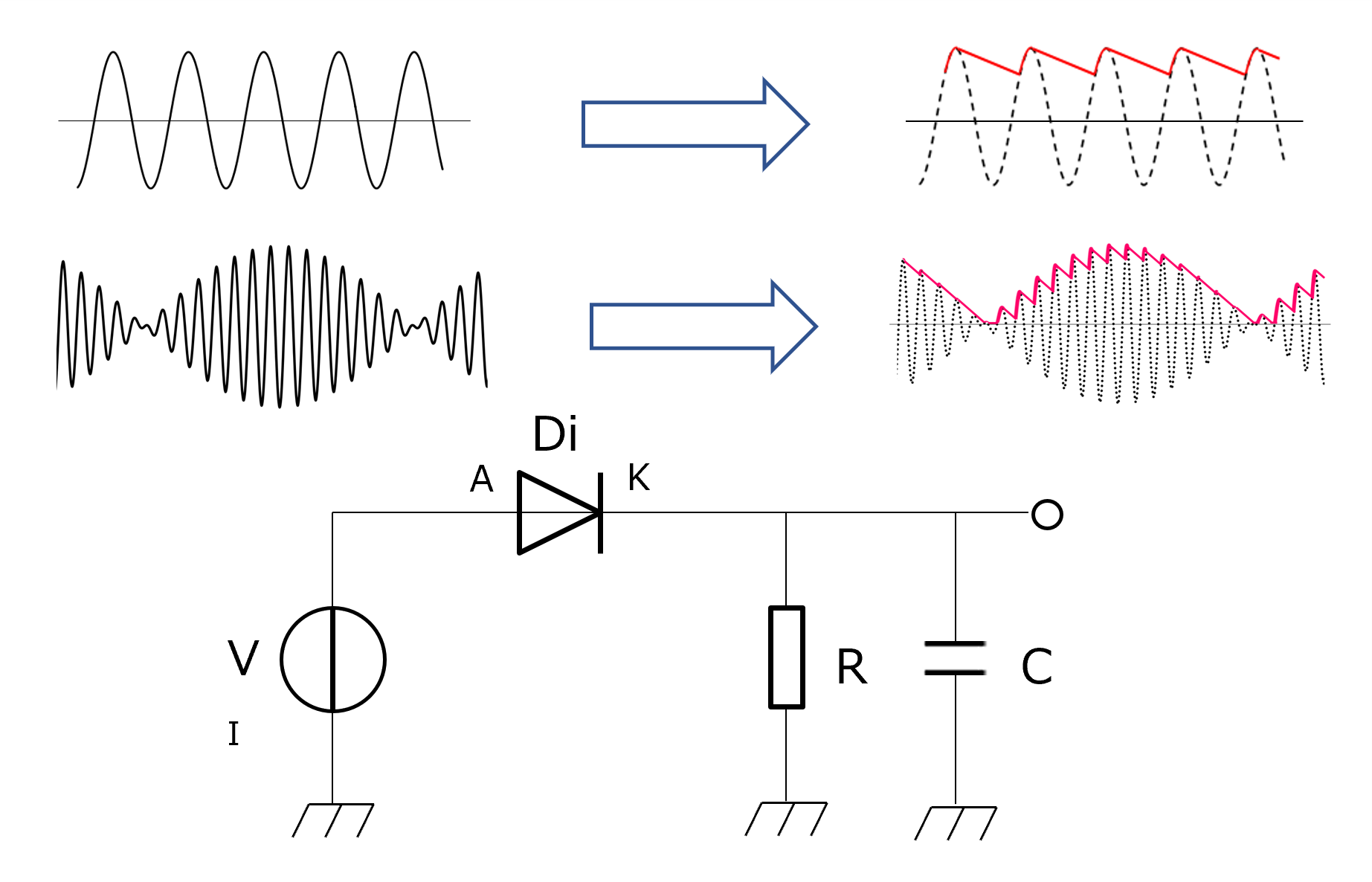
相关链接
关于产品,请参考以下链接。



